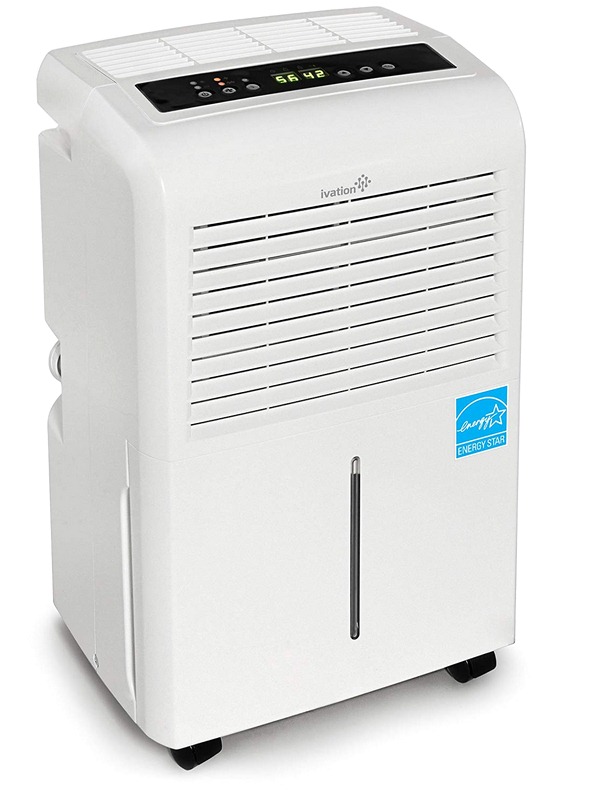Too much humidity can be problematic, as it can wreak havoc on your house’s structure as well as contribute to the growth of mold that results in several harmful effects on your health.
This can be even more problematic if you live in areas that constantly encounter high humidity or areas with very moist seasons at certain parts of the year.

Your only hope of averting such a disaster is to buy yourself a reliable, top-quality dehumidifier for your home. But before you do that, you need to account for several of the following factors:
Read Also:
Before you buy a dehumidifier for yourself, you have to measure the length and width of the space you want to dehumidify with a measuring tape.
Dehumidifiers are usually rated based on the number of pints of water that they can remove from the air in a single day and how many square feet of space they can dehumidify.
When you have the figures, multiply them together to get the total square feet (meters) of the area. You can determine the size of your dehumidifier with this.
The optimal levels of humidity in your house should be somewhere between 35-40%. If you find that the levels are approachable, then you may not even need to invest in a dehumidifier.
Either way, the only way to determine that is to use a hygrometer to test the air in your space.
To use a hygrometer (preferably electric), you need to place the device approximately 1 meter (3.3 ft) of the ground for about 3 minutes and then write down the output results.
If the humidity levels of your space are above 60%, then you should get a dehumidifier right away.
Determining the pint-removal capacity will give you an idea about the strength of your dehumidifier. Many portable models work for residential homes.
For instance, a dehumidifier with a 10 US-pint removal capacity than dehumidify 500-square feet (46m²), moderately damp room.
For every additional 500-square feet of space, you should add 4 US pints of capacity. Let’s say that you have a moderately damp room that is about 1500 square feet, you’ll need a dehumidifier with at least 18 US pints of pint-removal capacity.
If you have smaller spaces or rooms that are constantly victimized by high levels of humidity, or you’re just looking to save up, then a miniature dehumidifier is what you need.
Not only are they more affordable, but they’re also quite user-friendly. They’re portable and small enough to fit on a counter or on a windowsill.
To broaden your choices, we suggest looking up garage dehumidifier reviews online. These will help give you a clearer idea of which model is reliable and worth every penny you’re putting in.
Don’t go for the ones that are flooded with overwhelmingly negative reviews.
When getting a dehumidifier for your house, it’s pivotal to consider the finances involved and see whether or not it’s fair on your budget.
If you’re looking for an industrial or whole house dehumidifier, it’ll cost you somewhere between USD 1000-6500. A portable one will come to you anywhere between USD 40-400.
If electric bills are hectic for you and your family, then you should choose a dehumidifier with an Energy Star certification on the packaging.
Some of these models may come with an auto-humidistat that automatically adjusts the humidity levels of the room you’re in.